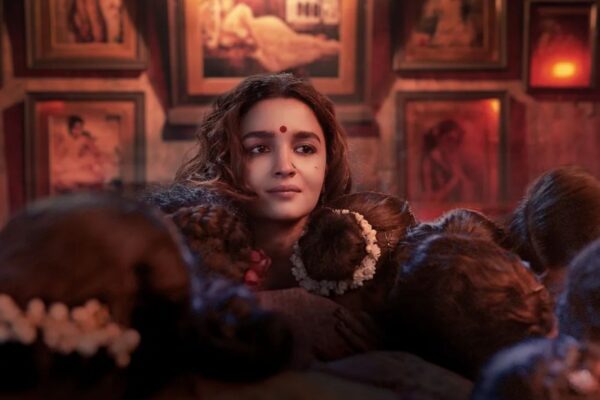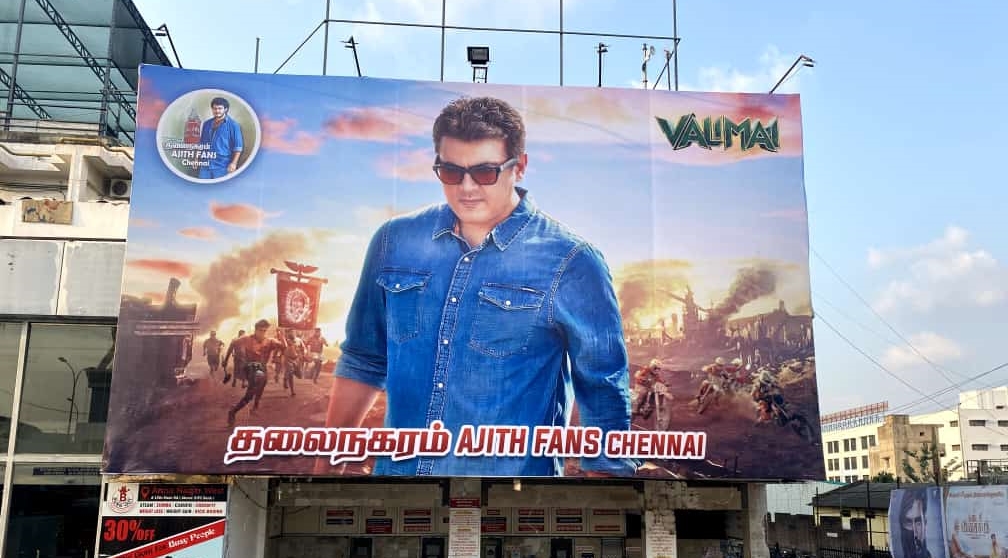With the Alia Bhatt-starrer Gangubai Kathiawadi out in theatres, you may be wondering who this person was. Here is the story behind the real Gangubai. Author Hussain Zaidi, in his book Mafia Queens of Mumbai (on which the film is based), says she rose from being Ganga Harjeevandas Kathiawadi, a helpless young girl, to become one of the most powerful women of her time. A matriarch who was known for her gold-bordered sarees, her golden tooth, her black Bentley car, and the power of her words.
As per Zaidi’s account, Ganga was brought up in the Kathiawad village of Gujarat in a wealthy and well-educated family. Her family shared strong ties with the royal Kathiawadi family and Ganga’s father and brothers were strict disciplinarians who insisted on sending her to school, which was unusual in the 1940s. However, Ganga’s dream was to go to Mumbai and become an actor. She was enthralled by the stories she heard about the city and “its buildings, the cars, the men and the movies.”
Even as her desire to visit the city became stronger, she also found herself falling for her father’s new accountant, 28-year-old Ramnik Laal. The couple went sneaking around the village and their love blossomed as the days passed. One day, Ramnik asked Ganga to marry him and flee to Mumbai with him. It was something Ganga had never thought of doing, but since it meant getting both the things her heart desired, she agreed. The two eloped, taking with them cash and jewellery from Ganga’s parents.
When Ganga stepped onto the Mumbai platform, her eyes filled with tears as she realised she did not have any friends there to talk to about her new experiences. Assuring her that she would make new friends, Ramnik took Ganga around Mumbai but soon, the two ran out of money. Under the false pretext of leaving her with his aunt, Ramnik sold Ganga to a brothel and was never seen again.
And this is where Ganga’s actual journey in Mumbai began. The girl who came to the city to become a movie star, gave in to circumstances and soon became one of the most sought-after sex workers. She attracted customers from all over the city and the surroundings. Ganga became Gangu.

One of the first incidents that shook Gangu at the brothel was when she encountered Shaukat Khan who raped and bruised her. Their second encounter left Gangu hospitalised. She decided to take the matter in her own hands and get the problem of Shaukat Khan sorted. Bruised all over, Gangu went to the don of the area, Abdul Karim Khan aka Karim Lala, and pleaded with him to take care of Shaukat Khan and keep him from perpetuating more violence on women. When Karim Lala agreed, Gangu even tied a rakhi around his wrist and made him promise that he would keep her safe.
That was the beginning of the matriarch Gangu. Once Karim Lala dealt with Shaukat Khan, women in the brothels started trusting Gangu and looking up to her. She even stood in the Gharwali elections, wherein one woman who gets appointed as a gharwali takes care of a certain house in a brothel, and won. Gangu thus became Gangubai Kathiawadi – a woman who was treated with respect and even feared for her connections with the police and the local gangster Karim Lala.
However, one of the instances quoted in Zaidi’s book shows the compassion Gangubai had for women in the brothels. It was about the time she met a teenager who was sold off to a brothel by her lover. The girl refused to stay and cooperate. As she heard the girl’s story and remembered her own, Gangubai tried to convince her that her family would call her a disgrace and never take her back. But, the girl insisted that she wanted to go home and try. Gangubai ordered that the girl be allowed to leave. She did this often. Several women would come to her and ask for permission to leave, and if the reasons were valid, Gangubai let them go and start their lives again.
As news of her goodwill towards women spread, Gangubai became politically more prominent in Kamathipura and she vowed to protect the children and women there. One of her speeches during a women’s conference at Azad Maidan was remembered by many. In it, she advocated for every city to have brothel belts. “We are only second to the legitimately married gharwalis (housewives). By giving ourselves to the carnal pursuits of men, we are doing a big favour to all the women in society. A few handful of women who cater to the physical needs of men are actually protecting all of you from being attacked. These women help blunt the bestial male aggression, which is something that cannot be done in my hometown in Gujarat,” she said and went on to ask the audience why, when army men are respected for saving the country, sex workers could not be treated with respect for keeping the streets safe? The speech earned her cheers, applause and fame.

Gangubai was often approached by the press, politicians and other high profile people for interviews and meetings. Zaidi writes that Gangubai was, in fact, the only ‘local brothel madam’ who met the then Prime Minister of India, Jawaharlal Nehru, at his residence in New Delhi to discuss the plight of sex workers. She fought for the rights of sex workers when there was a call for shutting down a brothel that was near a school. Needless to say, she won and the brothel remained. And Gangubai earned even more respect after that.
In her later life, she adopted several children and often spent her days playing cards and buying gold. “Most people remember her for her gold-bordered white sarees and gold-buttoned blouses. Gangubai loved flaunting her collection of gold jewellery. She also wore gold-rimmed glasses and had an artificial gold tooth,” Zaidi writes.
When she died, a statue was erected in her honour in Kamathipura, almost every house there had a photo of her hanging on the wall, and Gangubai Kathiawadi’s name remained etched in the hearts of the locals.



